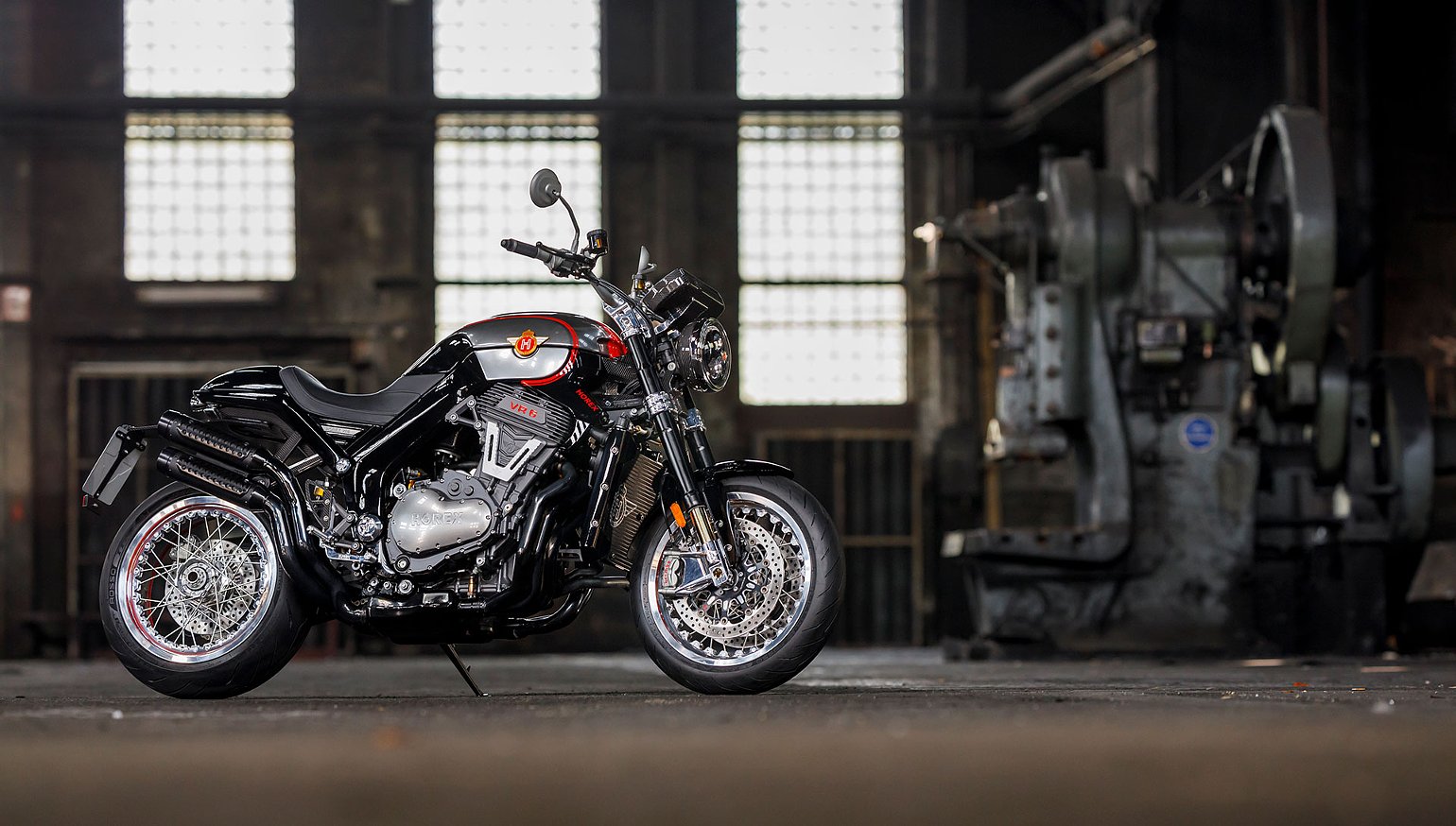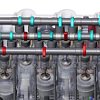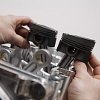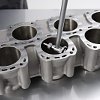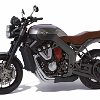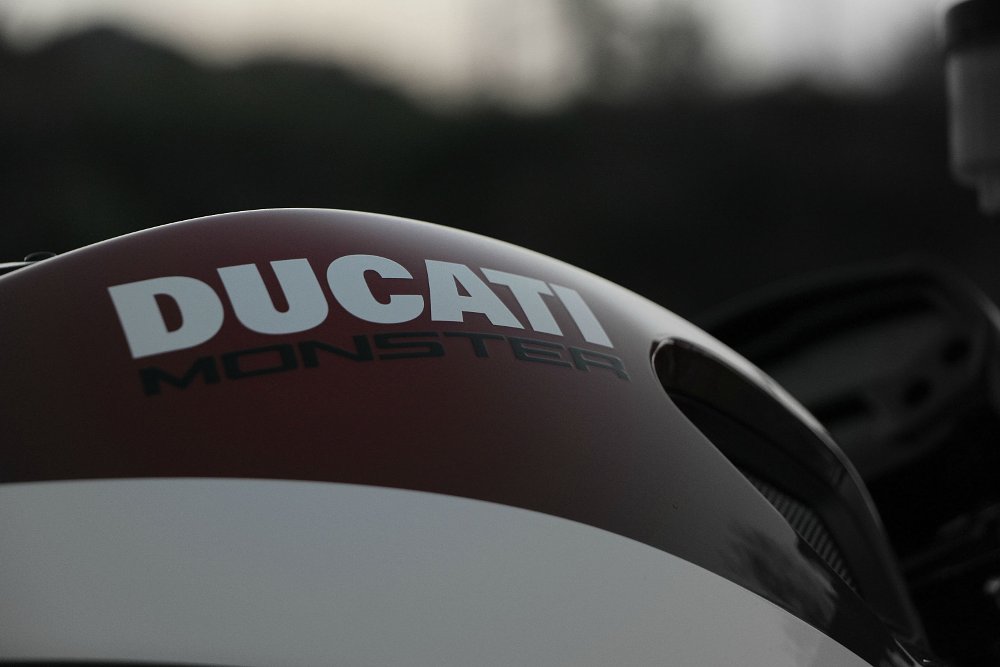You ever Google something just because there’s no reason not to?
That’s how I found out about triple overhead cams. These mechanical oddities are strange, but they remind us that asking off-the-wall questions leads to a dead end at worst, and an intriguing story more often than you’d think. Let’s start at the beginning for this one.
If you’ve been riding a motorcycle for any amount of time, you’ve probably tried a bike with an overhead cam (OHC). For those of you just getting your bearings around engines, that simply means the camshaft that moves the valves of a four-stroke engine is located “overhead,” above the combustion chamber, rather than down in the crankcases.

At one time, having an overhead camshaft was a big deal. You'll see 1970s-era Japanese bikes with some variation of "OHC" printed on side covers or the like to advertise their overhead-cam designs as a selling point.
OHC designs get the camshaft right up with the valves, where the cam lobes either push directly on the tappet bucket or use a short actuator to move them, as opposed to moving the valves from a distance, using pushrods. All things being equal, OHC engines are generally capable of revving faster, which gives them at least the potential of making more power.
Over time, more production engines started using OHC layouts. Dual/double overhead camshaft (DOHC) heads logically followed into mass market machines, further advancing the overhead camshaft design. (With DOHC engines on the market, single overhead camshaft engines are sometimes differentiated as SOHC. Kind of like “acoustic” guitars once electrics came along.)

Instead of just one camshaft actuating all the valves from above, DOHC designs use a dedicated camshaft for the intake valves, and another for the exhaust. This arrangement can additionally increase an engine’s ability to breathe, at the expense of some added complexity and weight. In addition to some other benefits, a DOHC arrangement can allow for more valves, better valve placement, better spark plug placement, and/or reduced valvetrain inertia over other designs. Ideally, all of this means better performance.
(It’s important to note that when discussing overhead cams, an engine’s camshaft layout is denoted per head. That’s to say, an SOHC V-twin wouldn’t be called a DOHC engine, even though it technically has two overhead cams. The valves in each head of the V still rely on a single cam to move them. If this is at all interesting or confusing to you, make sure to read Lemmy’s article on heads.)
So if an overhead camshaft is good, and DOHC is better, where does it end? Would three be even better yet?
Let’s keep things simple to start, and consider a single cylinder engine with dual overhead camshafts. It has two intake valves, and two for exhaust. This might be a street thumper, or a modern four-stroke dirt bike. What would a third camshaft do in the head? Everything that needs to move has something to move it. The intake cam works the intake valves, and the exhaust cam handles the other side. Every valve is being actuated by a camshaft dedicated to its movement. If another cam profile is desired for high-speed operation, cam phasing technologies like Honda’s V-TEC or BMW’s ShiftCam already accomplish this by putting two cam profiles on the same camshaft with a system to toggle between them. So while we started this article with the question of whether there could be a triple-overhead-cam engine, it seems there is no real need for triple overhead cams, because there simply isn't a third thing to do.
That doesn't mean no one has ever done it, however. Now consider a DOHC V-six configuration: two banks of three cylinders each. Being a DOHC design, each bank of cylinders has one intake cam, and one exhaust cam. The intake camshafts are on the inside of the V, exhaust on the outsides. Now, imagine reducing the angle of the “V” shape until the cylinder banks are nearly touching. That’s a compact V-six! Keep bringing them in until the two intake camshafts occupy the same space. At this point, why not combine the two intake camshafts into one shared one?

That’s exactly what German firm Horex did with their VR6 line of motorcycles. One intake camshaft (working double duty) plus two exhaust camshafts makes three, and Horex calls this a triple-overhead-camshaft engine. Watch this animation to see how a few engine layouts move, then the VR6's approach.
As Lemmy points out, it's really more of a camshaft-and-a-half arrangement, since the intake camshaft is shared. At best, it's a DOHC. The engine still relies on intake valves and exhaust valves, after all. Its triple-ness mostly comes from the fact that three camshafts are contained under the same valve cover. The three distinct "dots" on the side of the first-gen Horex VR6s were one of my favorite parts of this engine, and I'm saddened to see that the new ones don't have it.

So how’s it perform? Horex says their 1,218 cc, 18-valve powerplant makes 161 horsepower and 94 foot-pounds of torque. A factory supercharged version puts out 200 ponies! Sounds like they’ve got a good thing going.
Is the Horex VR6 impractical? Sure. Expensive? Well, they start at $43,300. So unique that it doesn’t really matter? I vote yes.
We don't see many motorcycles with six cylinders, let alone VR6 engines. Once you have more than four cylinders to deal with, bikes start to get... complicated. And that complication often isn't worth it for the people who make the bikes, the people who buy the bikes, and the people who service them. On paper, a modern liter bike gets the Horex VR6's job done at a fraction of the cost. (And cylinder count!) In that light, the whole "triple" cam arrangement is a solution to a problem that just doesn't exist with conventional motorcycle engine designs.
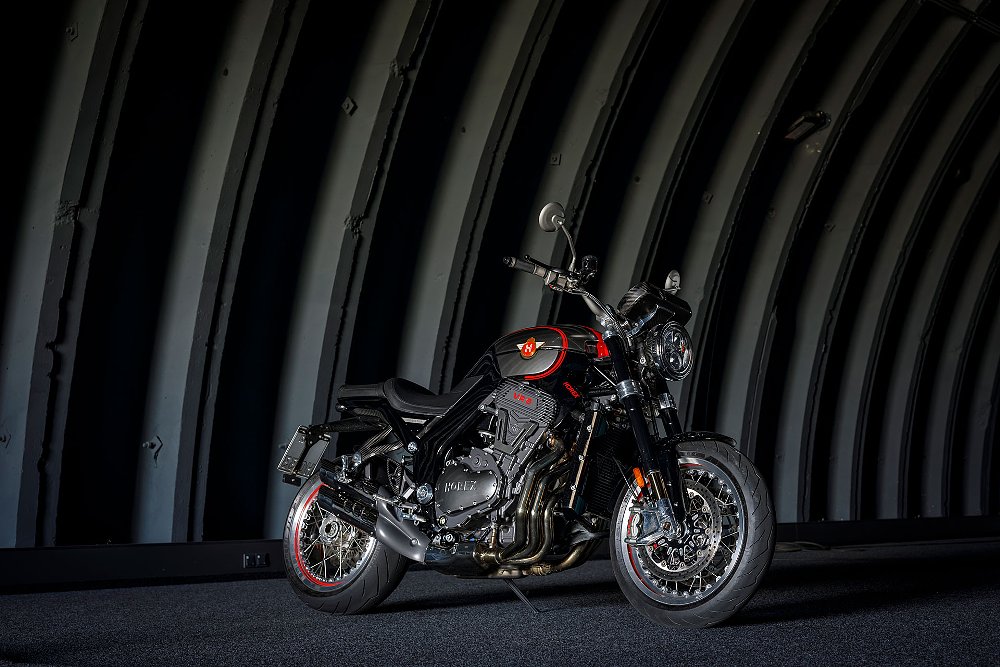
I've never seen a Horex VR6, but I get the impression you don't buy them because they're conventional. These bikes are pure exotica. For the rest of us, there's really no need for any of this, and that's why this is so interesting to me. Just listen to this one go.
So while you’re not likely to own a motorcycle with triple overhead cams, you do have some options for triple-cam engines that cost a lot less than a Horex. You just have to give up the overhead design. Indian’s 111 Thunderstroke uses a shared intake cam and separate exhaust cams, except they live in the crankcase. The S&S X-Wedge uses a similar design.
There you have it, triple overhead cams. When you win a bet with your friends about whether or not they exist, recommend that they read Common Tread before your first sip of your winnings.




